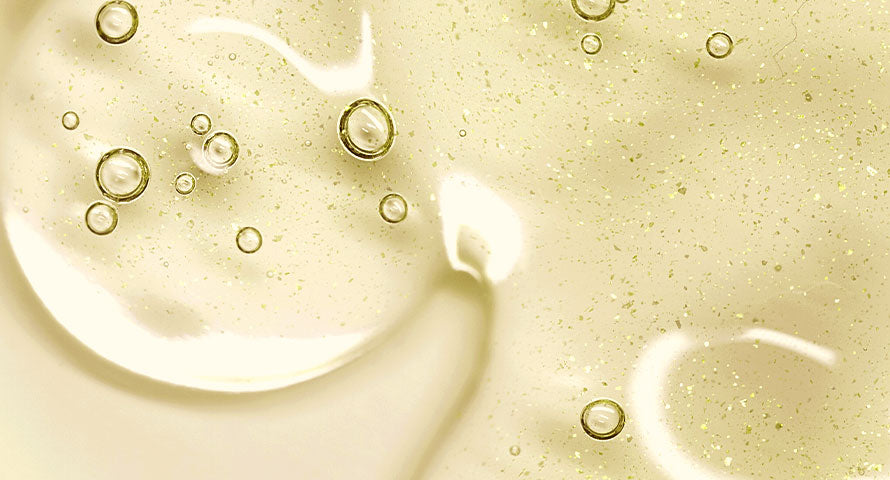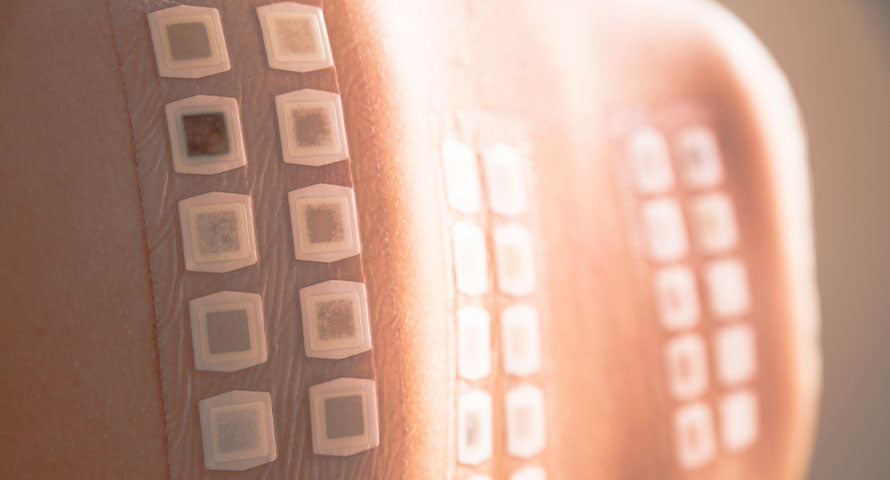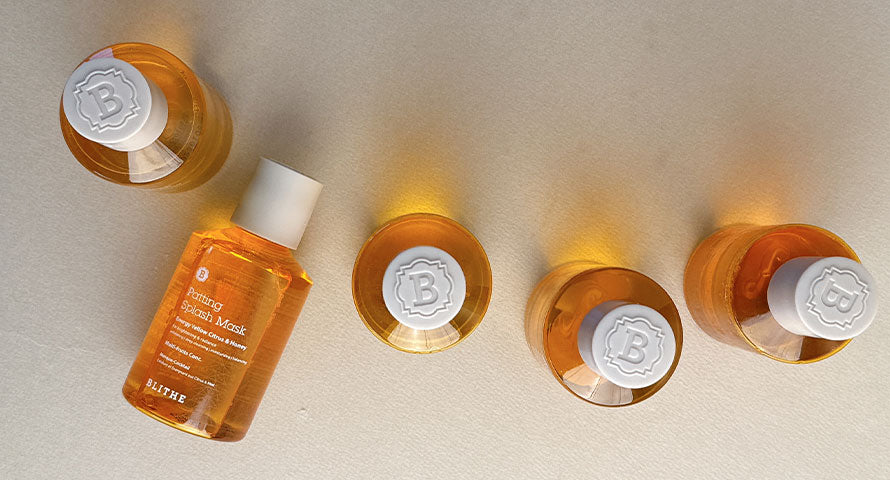In the vast world of skincare, few topics generate as much buzz as skin brightening. With promises of luminous, fresh, and youthful complexions, it’s no wonder why so many are drawn to the myriad of products claiming to achieve just that. However, before diving into the deep end of skin brightening treatments, it’s essential to understand what skin brightening really entails, its benefits, the potential risks, and how to approach it safely and effectively.

Understanding Skin Brightening
Skin brightening is often misunderstood. Unlike skin whitening, which aims to decrease melanin production in the skin, skin brightening focuses on reducing pigmentation, evening out skin tone, and increasing the skin's radiance. This process involves targeting skin concerns such as hyperpigmentation, age spots, melasma, and uneven skin texture.
The Causes of Skin Discoloration
Before you can treat skin discoloration effectively, you must understand its causes. Common factors include:
Sun Exposure
UV rays from the sun stimulate melanin production, which can lead to sunspots and uneven skin tone.
Aging
As we age, our skin can develop age spots or liver spots, mainly due to past sun exposure.

Inflammation
Post-inflammatory hyperpigmentation (PIH) can occur after skin injury or inflammation, such as acne, eczema, or even skin treatments that are too harsh.
Hormonal Changes
Conditions like melasma are triggered by hormonal changes, often associated with pregnancy or birth control pills.

Ingredients That Brighten Skin
Several key ingredients are effective in skin brightening, and understanding these can help you choose the right products:
Vitamin C
This powerful antioxidant not only helps protect the skin from UV damage but also inhibits the enzyme tyrosinase, which is involved in melanin production.
Hydroquinone
A strong bleaching agent that can reduce melanin production. Due to its potency, it is often prescribed by dermatologists but must be used with caution as it can cause irritation and has other potential side effects.
Kojic Acid
A naturally occurring compound derived from fungi which works by inhibiting tyrosinase.

Niacinamide (Vitamin B3)
Known for its anti-inflammatory properties, niacinamide can improve skin elasticity, fight wrinkles, and reduce discoloration.
Arbutin
A gentler cousin of hydroquinone, often derived from bearberry, blueberry, cranberry, or mulberry leaves. Arbutin gradually releases hydroquinone through hydrolysis, which lightens the skin tone effectively and safely.
Retinoids
These vitamin A derivatives are excellent for promoting cell turnover and can be very effective in treating both aging skin and pigmentation issues.
Safe Practices in Skin Brightening
With a variety of products available, it’s crucial to approach skin brightening safely:

Patch Test
Always perform a patch test to avoid potential allergic reactions or irritation.
Sun Protection
Use a broad-spectrum sunscreen daily, as most brightening ingredients can make your skin more sensitive to the sun.
Follow Instructions
Use products as directed by the label or your dermatologist. Overuse can lead to skin irritation or damage.
Moisturize
Many skin brightening ingredients can dry out the skin, so incorporate a good moisturizer into your routine.

Potential Risks and Side Effects
While skin brightening can yield positive results, it's not without risks:
Skin Irritation
Ingredients like hydroquinone and retinoids can cause redness, dryness, and peeling.
Uneven Pigmentation
Incorrect or excessive use can lead to uneven skin tone or permanent skin discoloration.
Sensitivity to Sunlight
Increased vulnerability to UV rays can result from using brightening ingredients, raising the risk of sun damage.
Choosing the Right Products
When selecting skin brightening products, opt for those from reputable brands that prioritize safety and efficacy. Read labels carefully and choose products formulated for your skin type. If in doubt, consult a dermatologist to help tailor a skin brightening regimen that’s appropriate for your skin's needs.

Natural Alternatives
For those who prefer a more natural approach, ingredients like aloe vera, licorice root extract, and green tea offer milder skin brightening benefits. These natural options are generally gentler, although results may take longer to appear.

The Bottom Line
Skin brightening can significantly enhance the appearance of your skin when done correctly. It’s important to approach this process with care, armed with knowledge about what ingredients work, the correct usage protocols, and the potential risks. By incorporating these practices, you can achieve a brighter, more even complexion while keeping your skin healthy and protected.
With careful selection and proper use, skin brightening products can be a valuable addition to your skincare routine, providing a radiant, youthful glow that comes from well-cared-for skin.









1 comment
Fantastic read! This article provides clear insights into skin brightening, offering valuable information for anyone looking to understand the topic better. Well done!
Leave a comment